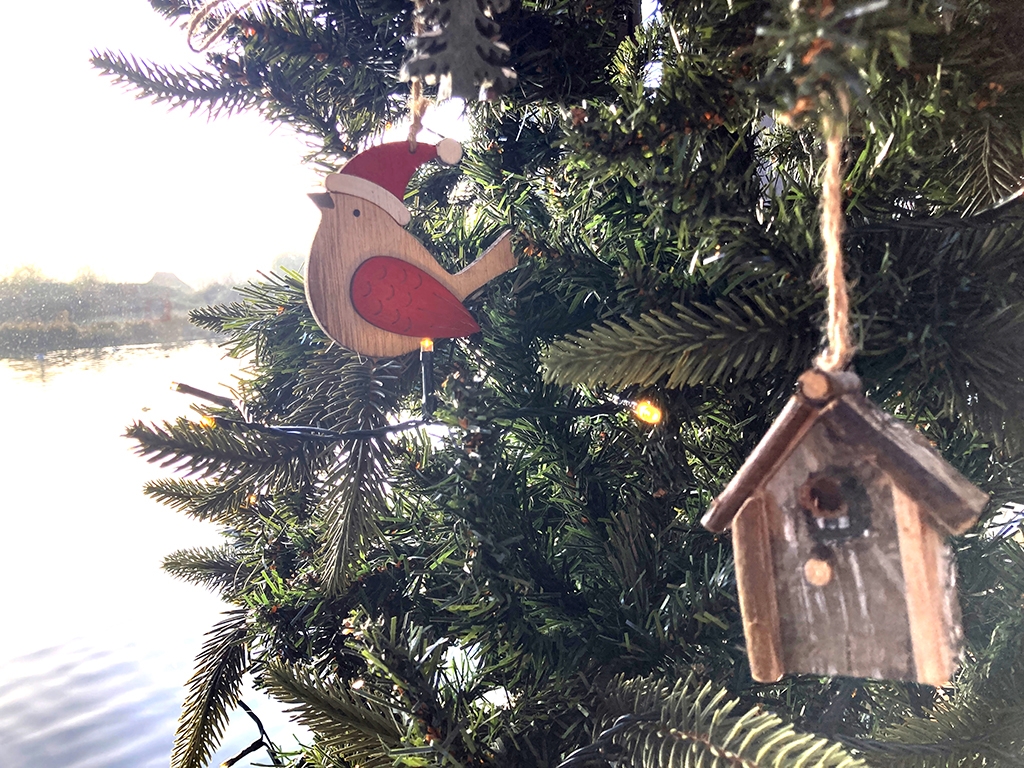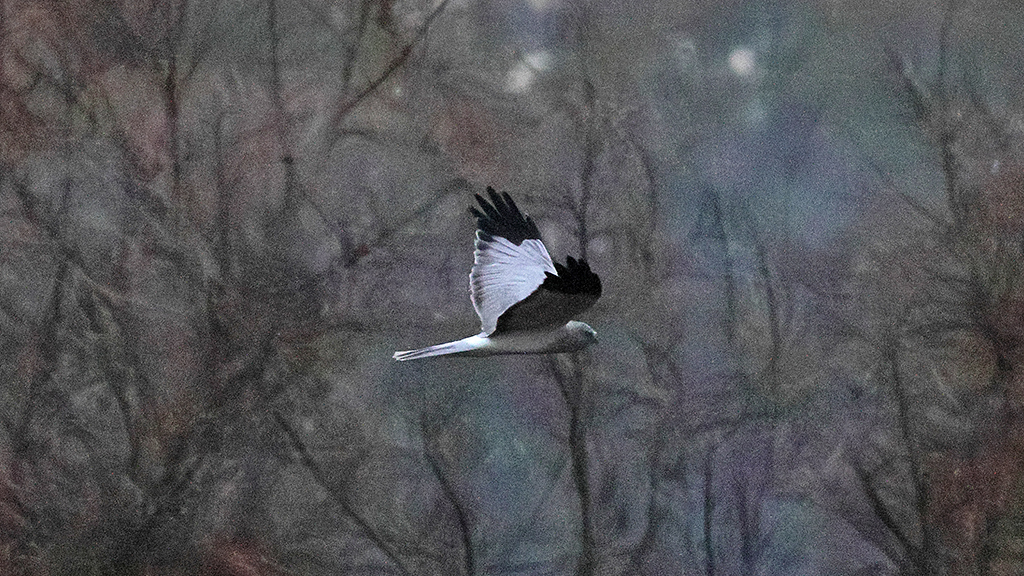Survey Shows Record Count of Sand Martins
Our sand martin colony has just recorded its most successful season yet with signs of young birds trying out the chambers.
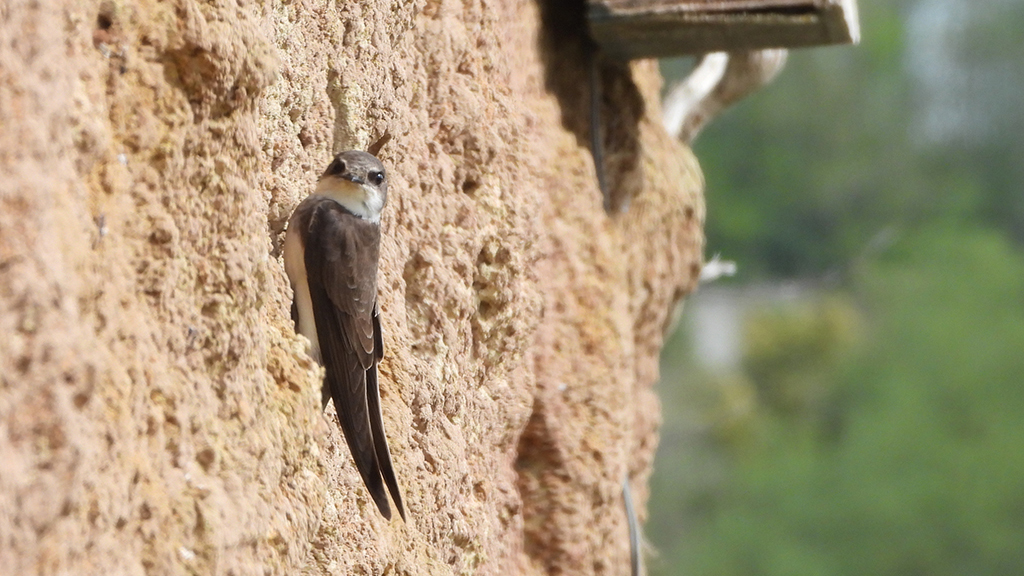
Our sand martin colony in 2025 has just recorded its most successful breeding season yet, with more chambers in our nesting banks used than ever before. These agile little birds, famous for their swooping flight and long migrations to Africa, are thriving in the specially designed hide—and visitors will be able to enjoy their return in spring.
A record 150 used nest chambers were noted during the annual autumn checks at WWT Arundel Wetland Centre this November. Reserve Manager Suzi Lanaway, together with Wardens Abbie and Hannah, inspected all 299 nesting chambers in the specially designed hide. Each autumn, once the sand martins have migrated south, the team opens the artificial nest banks to clean out old material and record how many chambers were used.
This year’s findings show remarkable growth:
Left wing nesting bank: 76 of 113 chambers were occupied. Four contained eggs without nest material.
Right wing nesting bank: 74 of 155 chambers were used. One chamber held a single egg, while five contained small amounts of nesting material.
Reserve Manager Suzi Lanaway explained: “The chambers that had only eggs or incomplete nests where likely used by young bird learning how to nest. Once again we found a handful of chambers have been successfully used by nesting martins every year since 2020.”
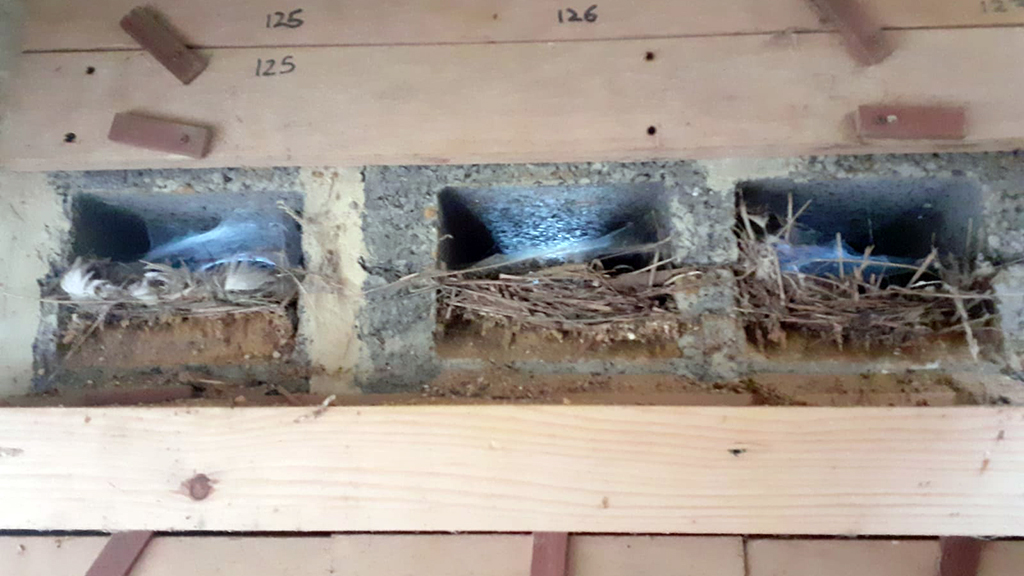
Year-on-Year Colony Expansion
The activity in 150 chambers is almost double the 83 nests recorded in 2024. That figure had doubled from 38 nests counted in 2023. The colony now occupies half of the 299 chambers in the hide, which features two artificial nest banks surrounding a central bird hide. The structure is finished with a sand-effect exterior and a planted roof, designed to resemble a natural sandy cliff along a riverbank. The colony’s growth has been steady since 2019, when only three nests were recorded. Numbers rose to seven in 2020, 15 in 2021, 24 in 2022, and then surged in 2023 and 2024.
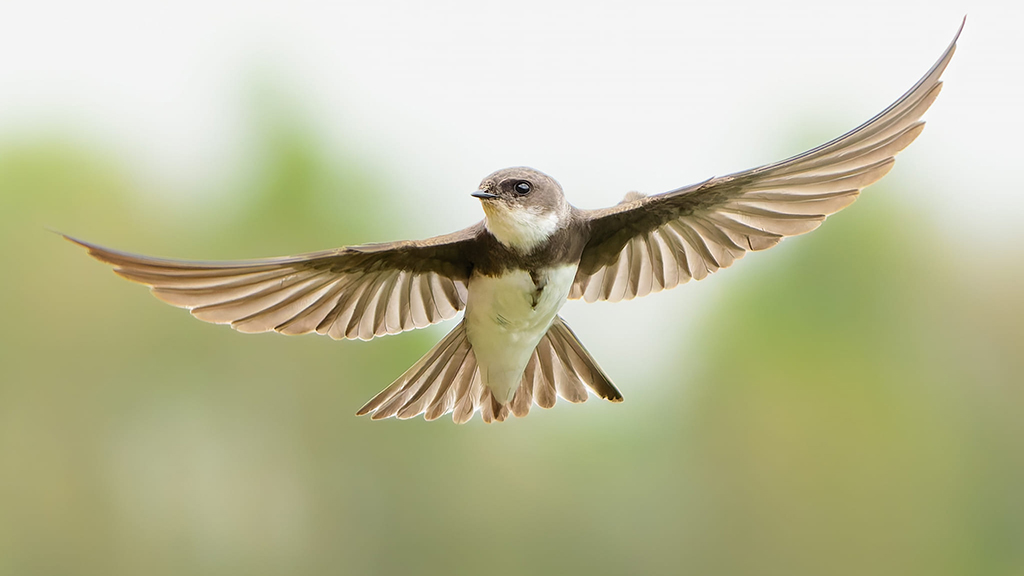
Behind the Scenes
Every autumn, the Reserve Team opens the chambers to clear old nests and unblock entrances, ensuring the sand martins have safe spaces when they return in early April. Behind the nesting holes are small rooms where wardens can access the chambers by removing backing boards. The sand martins departed Arundel in early September to spend the winter in Africa.
Looking ahead
With half of the chambers now in use, next spring promises spectacular viewing opportunities for visitors. From the hide, you’ll be able to watch sand martins darting in and out of their nests, feeding chicks, and filling the air with their lively chatter. Whether you’re a seasoned birdwatcher or simply curious about wildlife, Arundel Wetland Centre is the perfect place to witness this thriving colony in action.
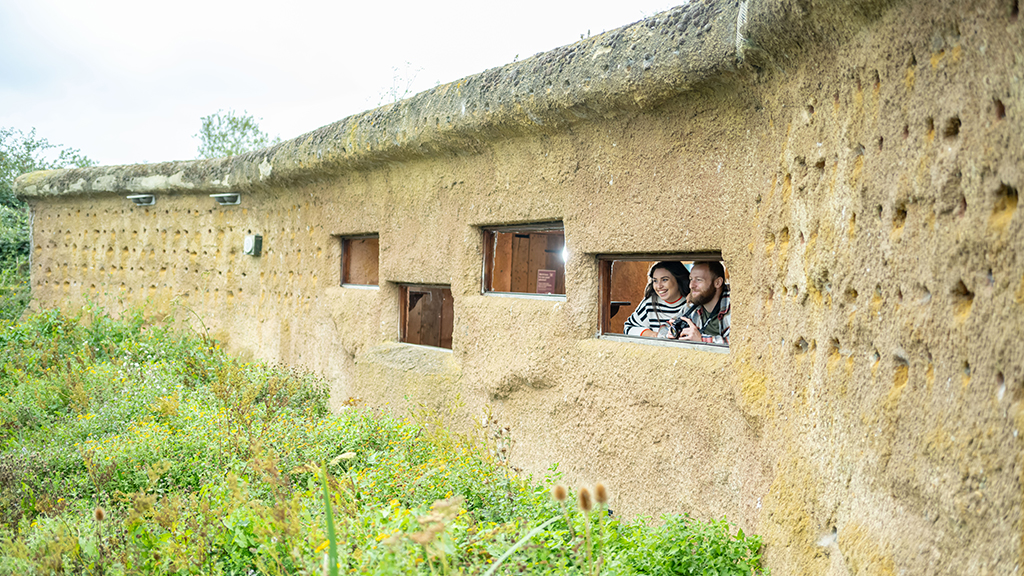
Plan Your Visit
Don't miss the return the sand martins return next April. In the meantime there is always amazing wildlife to experience at WWT Arundel, whatever the season
